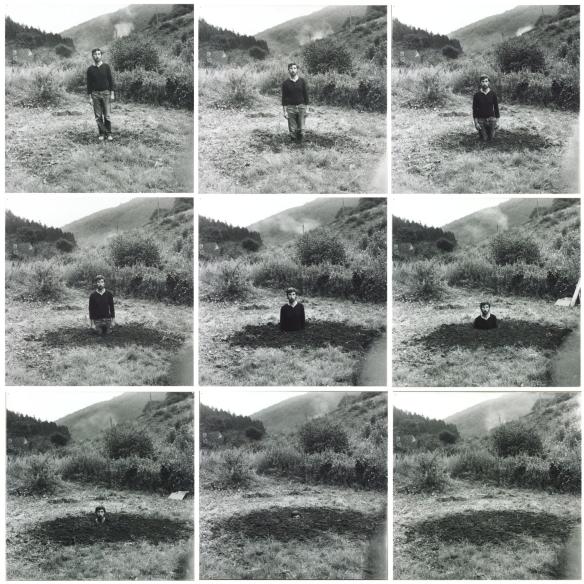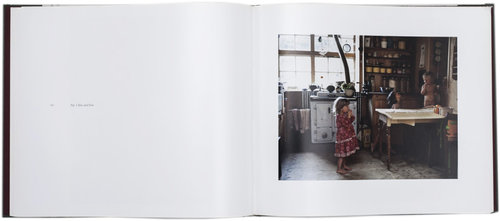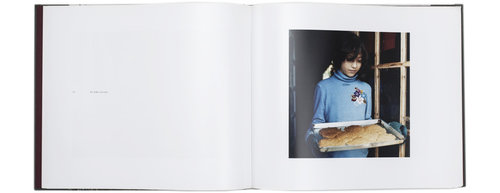Research :
researching what is the difference between framing and cropping:
why-framing-should-be-your-first-priority-and-cropping-second
Difference Between Framing and Cropping
Framing is the arrangement of elements within the confines of the imaging device. In other words, you have a rectangular surface area (film or digital sensor) that is going to image your photograph. The act of framing is you making a determination as to how you are going to fill that surface area with your subject. So, what is cropping?
Cropping is a tool meant to fine-tune an image in post-production. With film it’s done using an enlarger and with digital it’s done by cutting down the size of the resolved image.
From this I understand, that in order to maximise the full potential of your camera, you should fill as much of the frame as possible with what you actually want in the finished image. That means that you should take a little more time, wherever you can to compose the image in the frame.
As I have a 36 megapixel camera and I know that I am sometimes lazy about moving closer or composing, because I know have plenty of resolution and can crop what I don’t want. However, I am now thinking how much sharper my photos could be if I make more effort to frame the photos properly.
For Victor Burgin (b. 1941), composition is ‘a device for retarding…recognition of the frame’ (Burgin, 1980, p.56). Looking back at some of your compositional exercises from earlier in Part One, would you agree that in the less successful shots there is the feeling of a ‘cropped view’ rather than a ‘transparent window to the world’?
Alfred Stieglitz’s (1864–1946) cloudscapes, the Equivalents, illustrate Burgin’s point. They don’t appear to be composed at all; instead they’re ‘equivalent’ in that any section of the sky would seem to do as well as any other. Because there’s no sense of composition our eye is drawn to the edges, to the frame. The sense of a cropped rather than a composed view is what makes the Equivalents so uniquely photographic – ‘a naked function of the cut’ (Foster et al., 2004, p.147).
I think this means that if an image is composed well, the viewer will be engaged with the contents of the image, whereas if it isn’t the viewers eyes are likely to go to the edges of the frames, wondering what they’re not seeing.

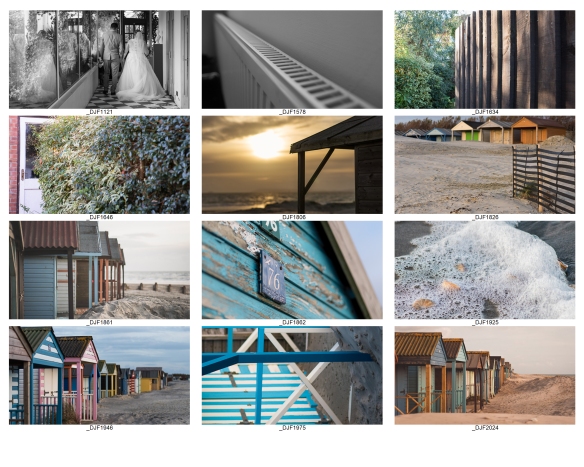 Exercise 1.3 (2) Line
Exercise 1.3 (2) Line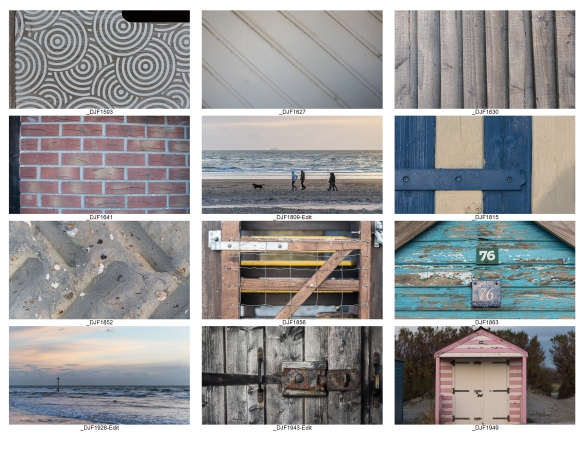 Review your shots from both parts of Exercise 1.3. How do the different lines relate
Review your shots from both parts of Exercise 1.3. How do the different lines relate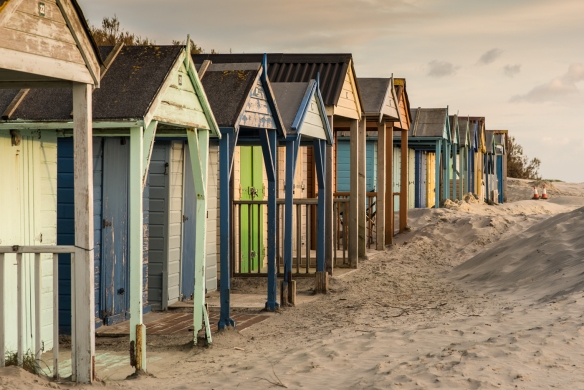
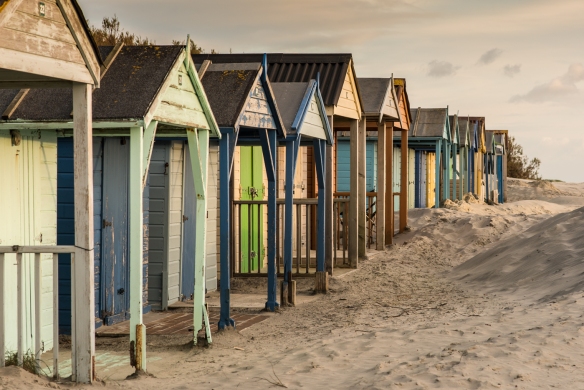
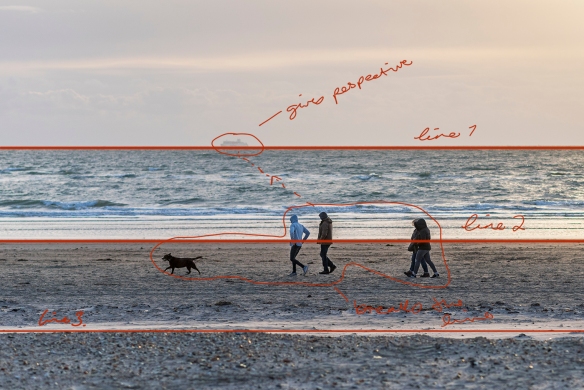
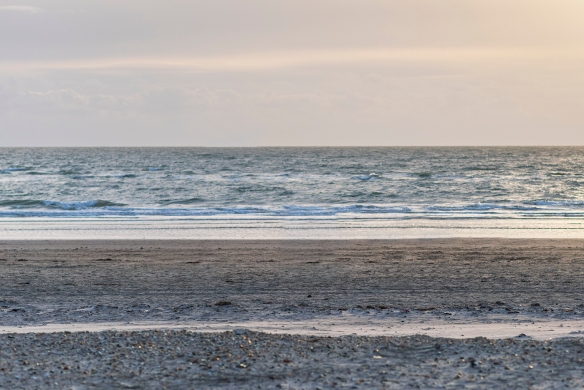
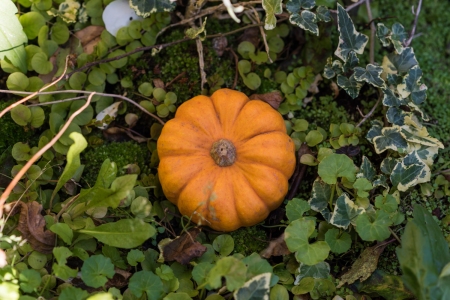
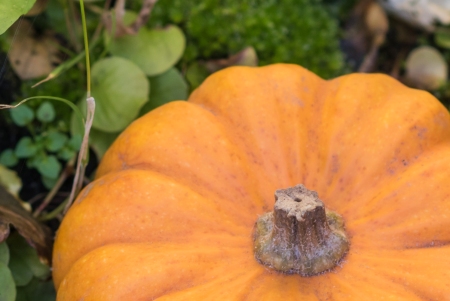
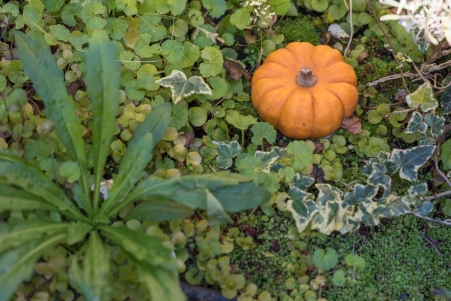



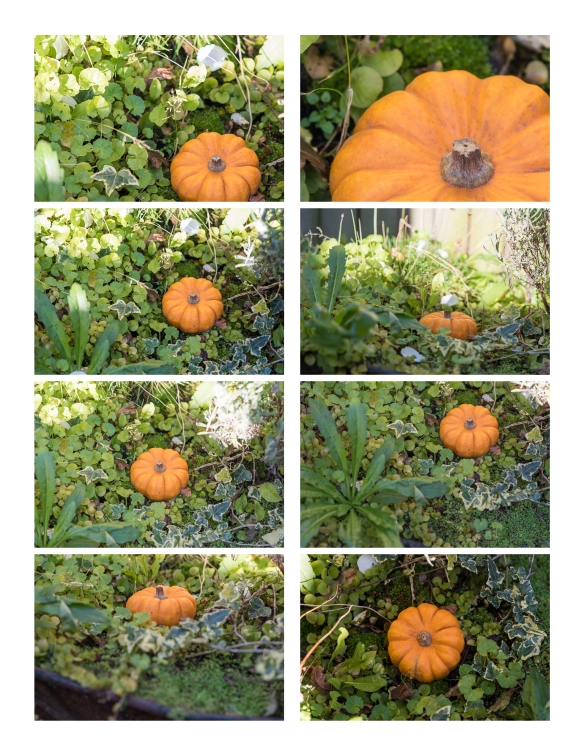


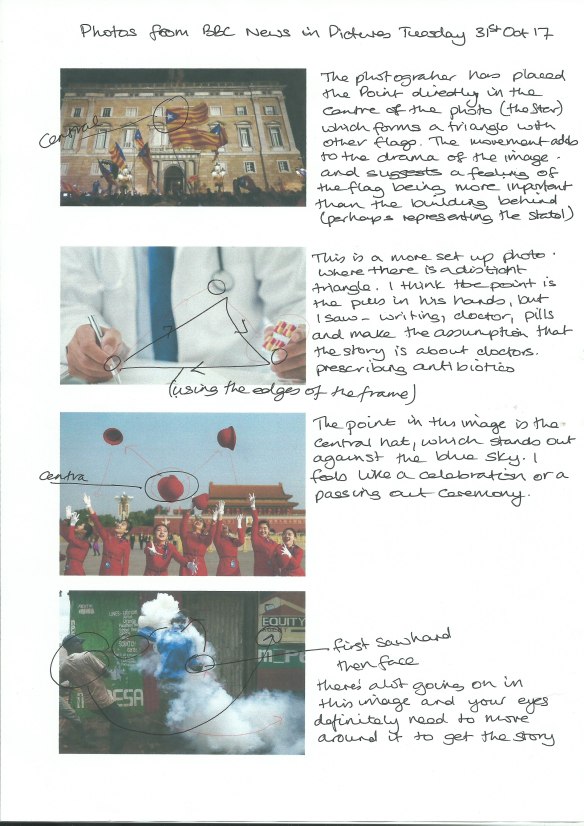
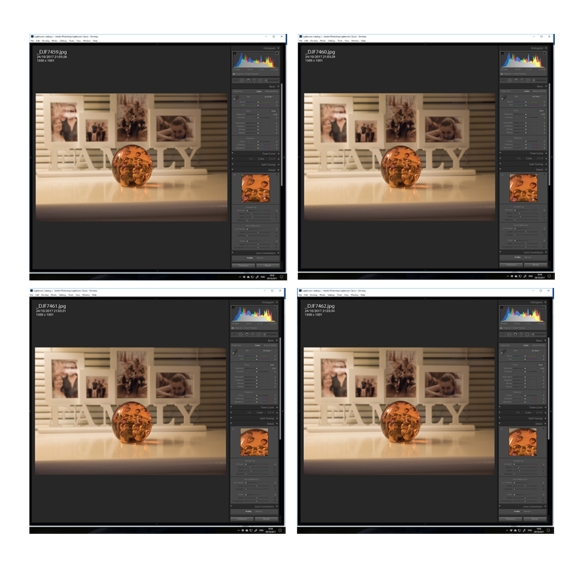
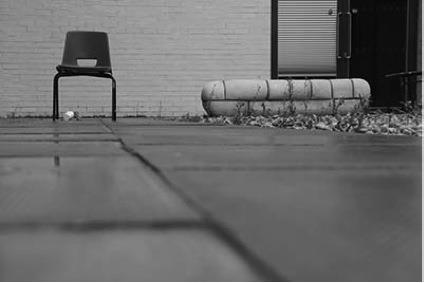
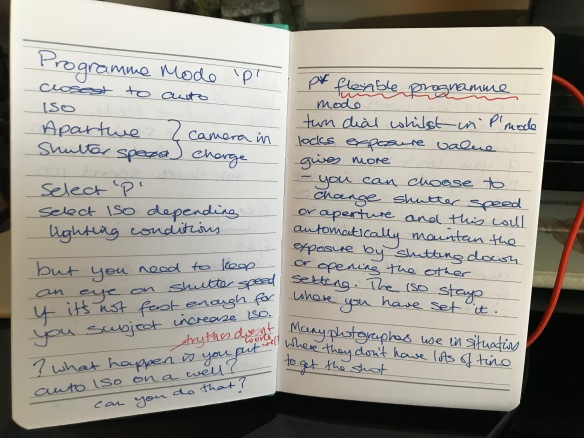
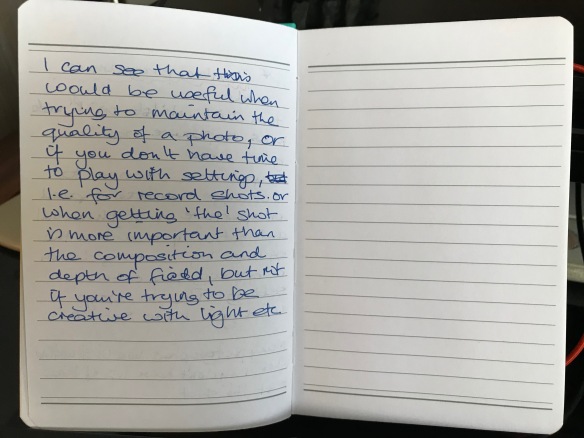
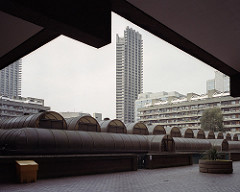 Really like this photographers work, he is using film, after constantly trying to make digital files look like film. Something I do quite a lot!
Really like this photographers work, he is using film, after constantly trying to make digital files look like film. Something I do quite a lot!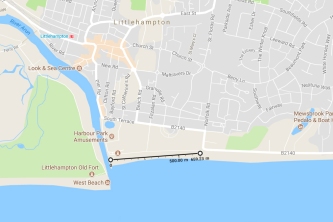
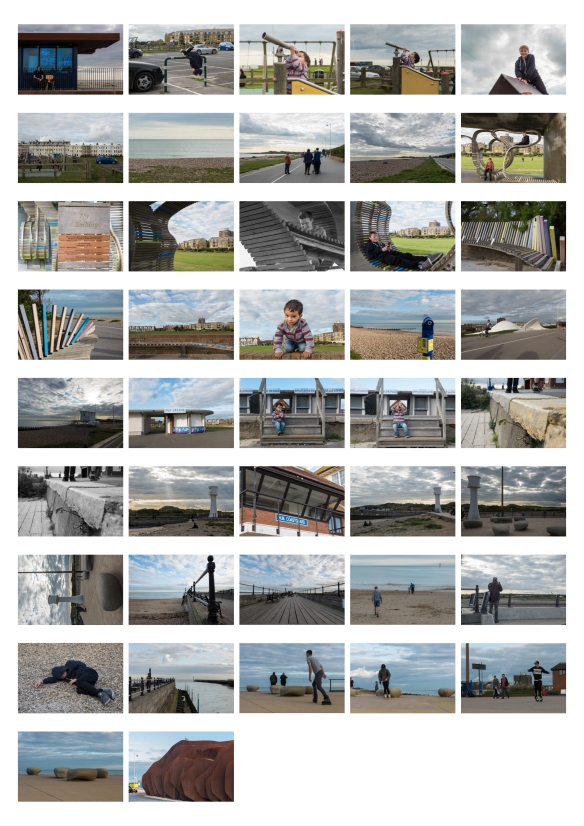 o do.
o do.